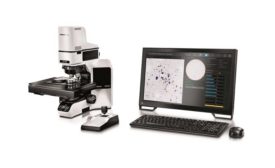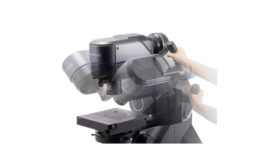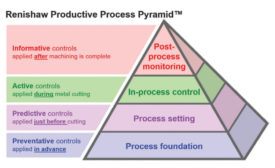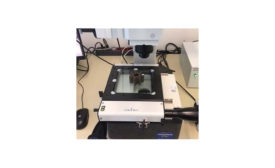Articles by Darryl Seland
Automobiles and Automation
From the wheel and horse to the push of a button.
January 15, 2020
Post-Process Monitoring, Part 2
Robotic automation and post-process monitoring
December 6, 2019
Manufacturers Show Their ‘Metal’ Using the Imaging Power of Digital Microscopes
Improving the quality of metal-based products.
December 6, 2019
Post-Process Monitoring
Its relationship to additive manufacturing, automation, and more.
November 25, 2019
Get our new eMagazine delivered to your inbox every month.
Stay in the know with Quality’s comprehensive coverage of the manufacturing and metrology industries.
SIGN UP TODAY!Copyright ©2024. All Rights Reserved BNP Media.
Design, CMS, Hosting & Web Development :: ePublishing






